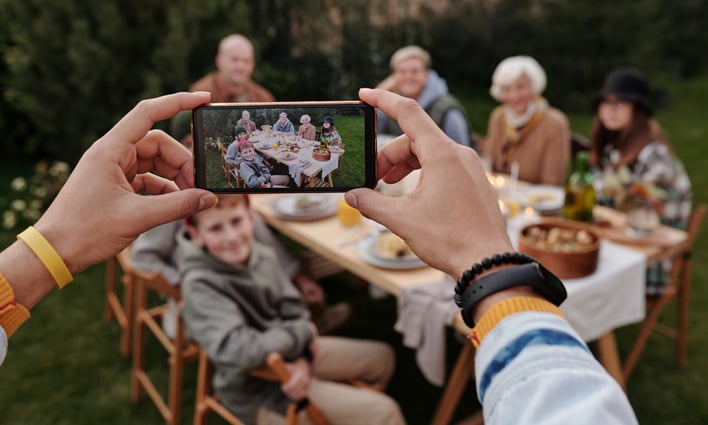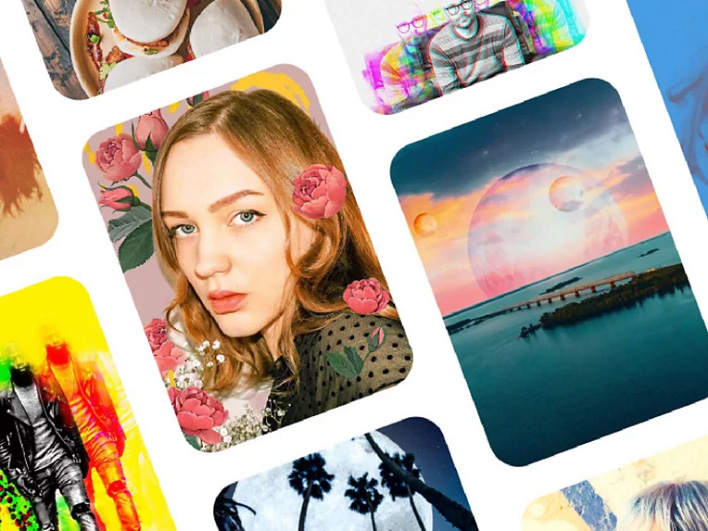Adobe Has A Plan To Supercharge Your Smartphone Camera Into A Pro Photography Tool

This endeavor will not be Adobe’s first in the camera app space. The company’s Lightroom mobile app already features its own very capable camera. The Lightroom Camera offers photographers advanced features like shutter speed and ISO override for exposure control along with the ability to capture RAW images. The Photoshop Camera app lets users pre-apply filters with a few AI-infused enhancements. These are not strictly the directions Adobe has in mind for the new app, though, as too many alternatives already exist.
In a CNET interview, Adobe vice president Marc Levoy said, “What I'd like to do at Adobe is to democratize creative photography, where there's more of a conversation between the photographer and the camera.” Levoy helped lead the Google Pixel camera app team which had very different goals. Google championed one-click ease of use above all else, an important trait for a default application. Instead, Adobe’s new camera app will try to work with the user rather than for the user.
Adobe’s direction puts more faith in the photographer. Its app will be for those who are comfortable with setting up shots as well as applying post processing beyond an Instagram filter. Some provided examples include relighting a scene in post using a 3D map, applying new AI-enhancements with computational techniques to achieve “superresolution” photos, and merging multiple photos into a single montage with “the best elements of each photo.”

These ideas are not firsts, but Adobe wants to do them better. Levoy lamented a past attempt at automating the montage example at Google. With a one-click automated mindset, the Google Photos approach would sometimes generate “horrible creations” which led to the de-launching of the feature. In Adobe’s approach, the photographer would presumably have more hands-on control over the result. They would be working with the tool to tweak parameters, rather than a black box function while hoping for the best.
These are by no means the limits to what Adobe hopes to achieve. Levoy specifically addresses one of photography’s greatest pain points—reflections. He believes AI can be leveraged to remove distracting reflections after the fact to save an otherwise marred photo. Levoy also wishes to bring more of the computational techniques used in photography to the video realm. This could include AI upscaling or even a temporal application of Google’s Magic Eraser function.
Adobe does not feel limited by what a photographer captures, either. Inspired by DALL-E and other art generating AI-models, Adobe imagines a new strain of synthetic images. Creators could feed the model with a base image of their own and use text descriptions to help the AI transform it into a new work of art.
Of course, all of this is currently conceptual. While we do not doubt Adobe has parts of this working in their labs, the final product is likely a few years out. Even while embracing complexity, the software still needs to be intuitive. Performance also matters. Particularly for the last case of AI generation, DALL-E can sometimes take minutes to generate results.
The app also needs to find an audience. Even with these bold concepts, it is difficult to captivate the professional photographer market. As convenient and intelligent as smartphones are, physics prevent their optics from competing directly with professional style interchangeable lens cameras. In addition to image quality, DSLRs and mirrorless cameras can capture rapid bursts of photos for action shots or just to get the critical wedding photo moment. They support advanced lighting setups with synchronized flash groups, not to mention significantly better ergonomics for longer events.
The Adobe camera app may still win over more expressive photographers—those who have an image in mind and are seeking tools to make it reality. The artistic eye can be more accepting of the imperfections that arise from AI infusion and cross-frame blending. Perhaps if Adobe can find a way to make these tools available to us DSLR clutching curmudgeons, they’ll find wider adoption.
What kind of imaginative features would you like to see incorporated into a camera app? Instant depth-based cutouts for subject isolation and background replacement could be fun. Do you think these tools help or hamper the artform? Let us know in the comments below!
Top Image Credit: Askar Abayev - Pexels

